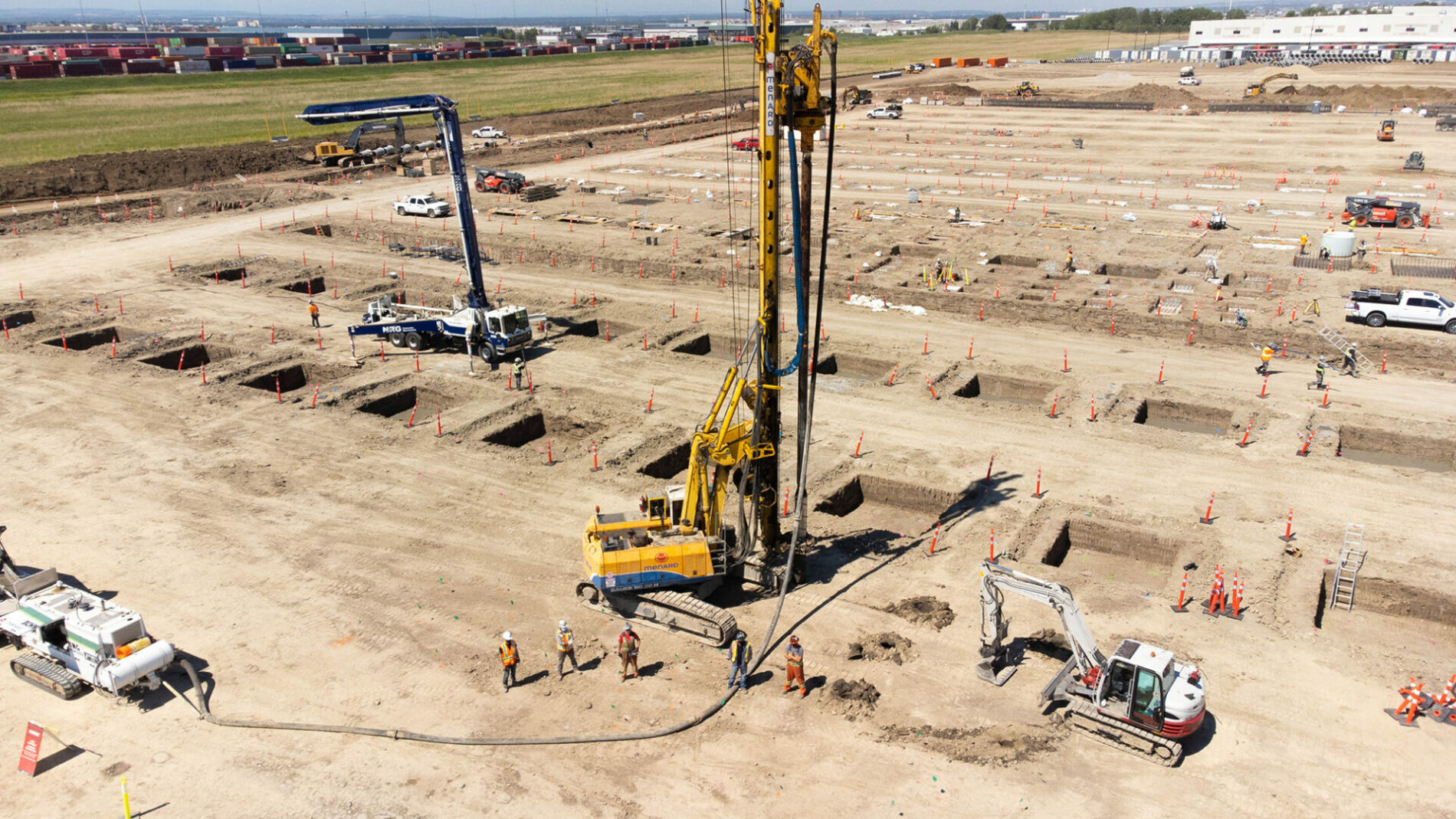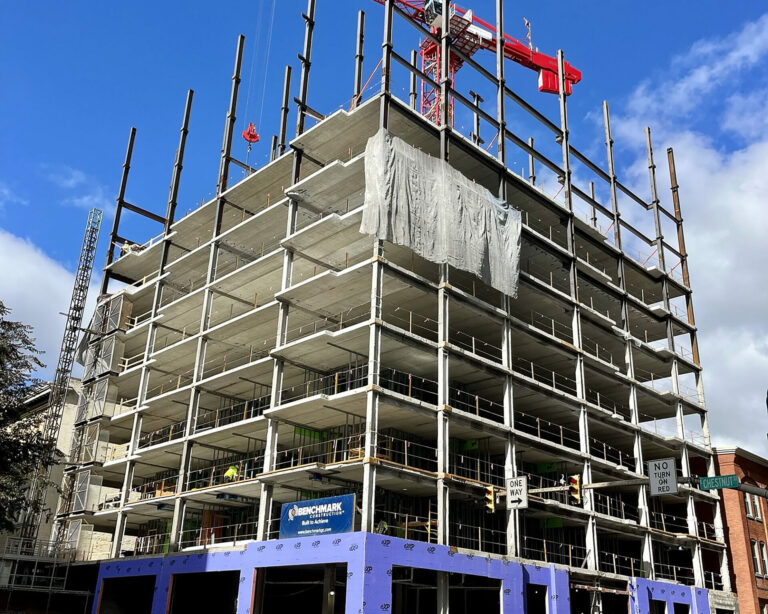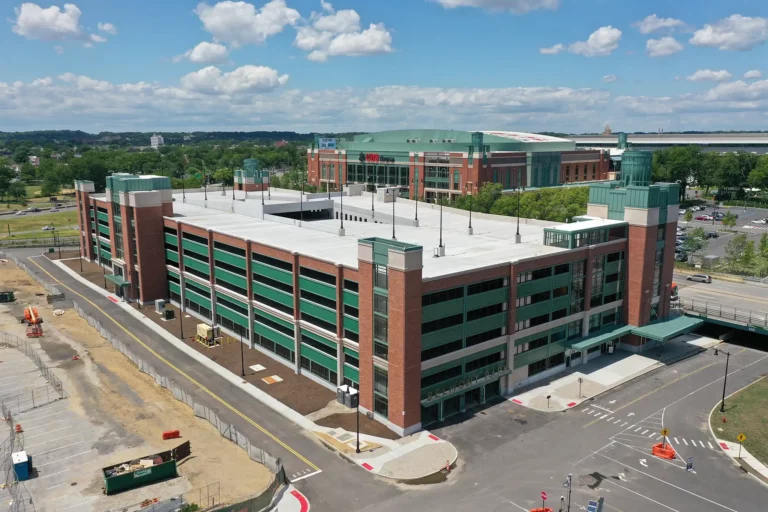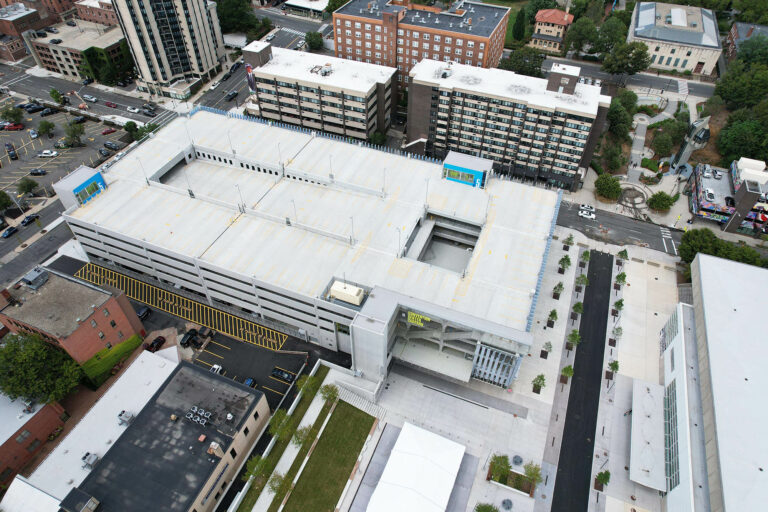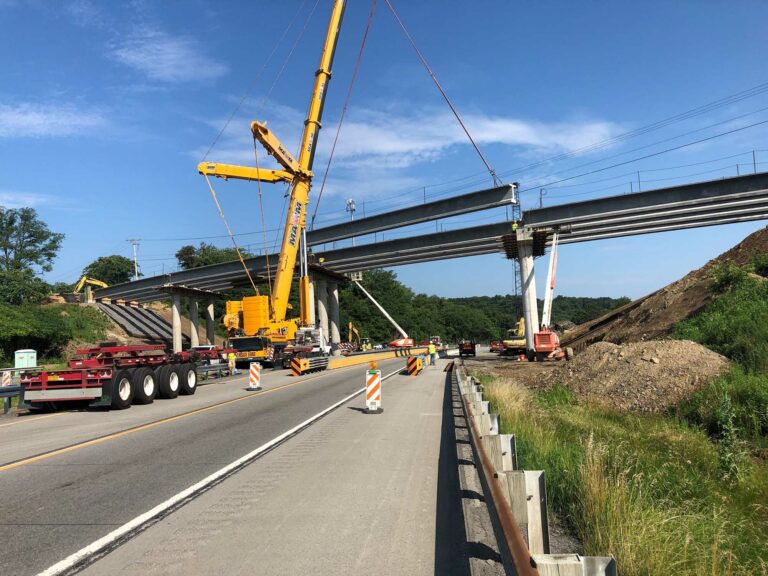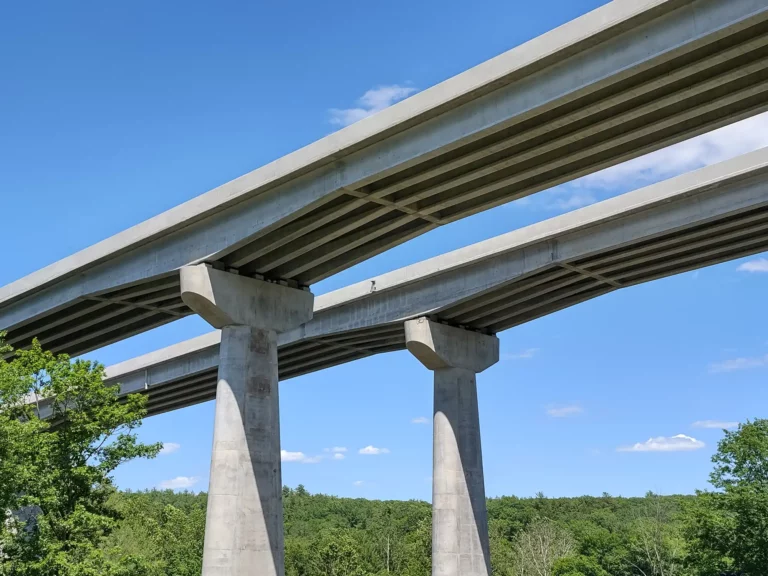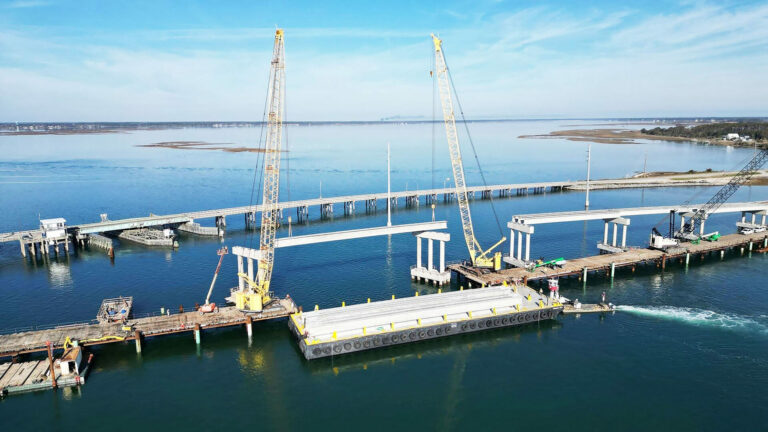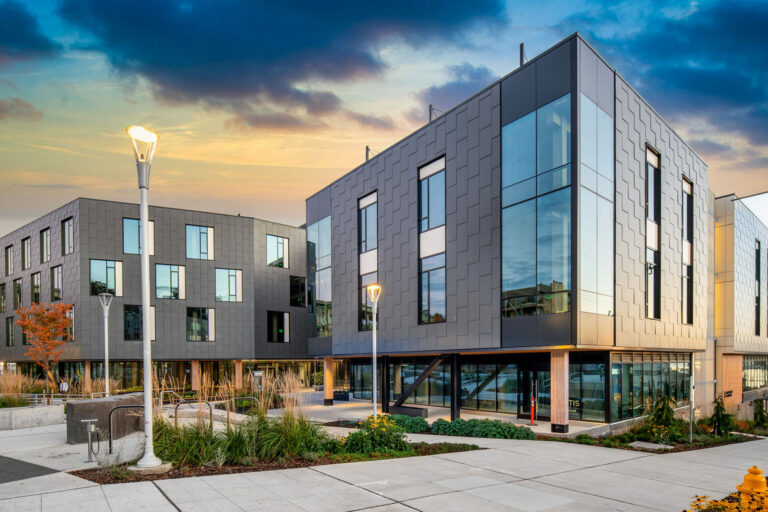In construction, a structure is only as strong as the ground it is built on. Foundational work, therefore, is of huge importance to us all. Menard Canada is a leading geotechnical contractor in the region that specializes in ground improvement. Its primary purpose is to assist clients from municipalities and the industrial, private, and public sectors in finding the most cost-effective way of creating the right foundation for their structure. Hubert Scache, President at Menard Canada, explained that Menard works to advance solutions beyond the industry norm. “Most people think that they have to do piles, which is commonly known, and what we are proposing is something in between to improve the ground or to reinforce the ground in order to avoid having a structure which is too complex on the top of piles.”
The company’s history dates all the way back to 1971. Originally called Geopac, it was founded in Montreal where its head office is still located. In 1983, Geopac’s owner expanded, opening a second branch in British Columbia. It was there that the team developed its ground improvement techniques with the help of French engineer Louis Ménard. This collaboration eventually led to Menard purchasing the company, changing the name to Menard Canada in 2017. According to Scache and Simon Bunieski, P. Engineer at Menard Canada, the groundbreaking company was one of the first to acquire licenses for its dynamic compaction technique, along with the pressuremeter.
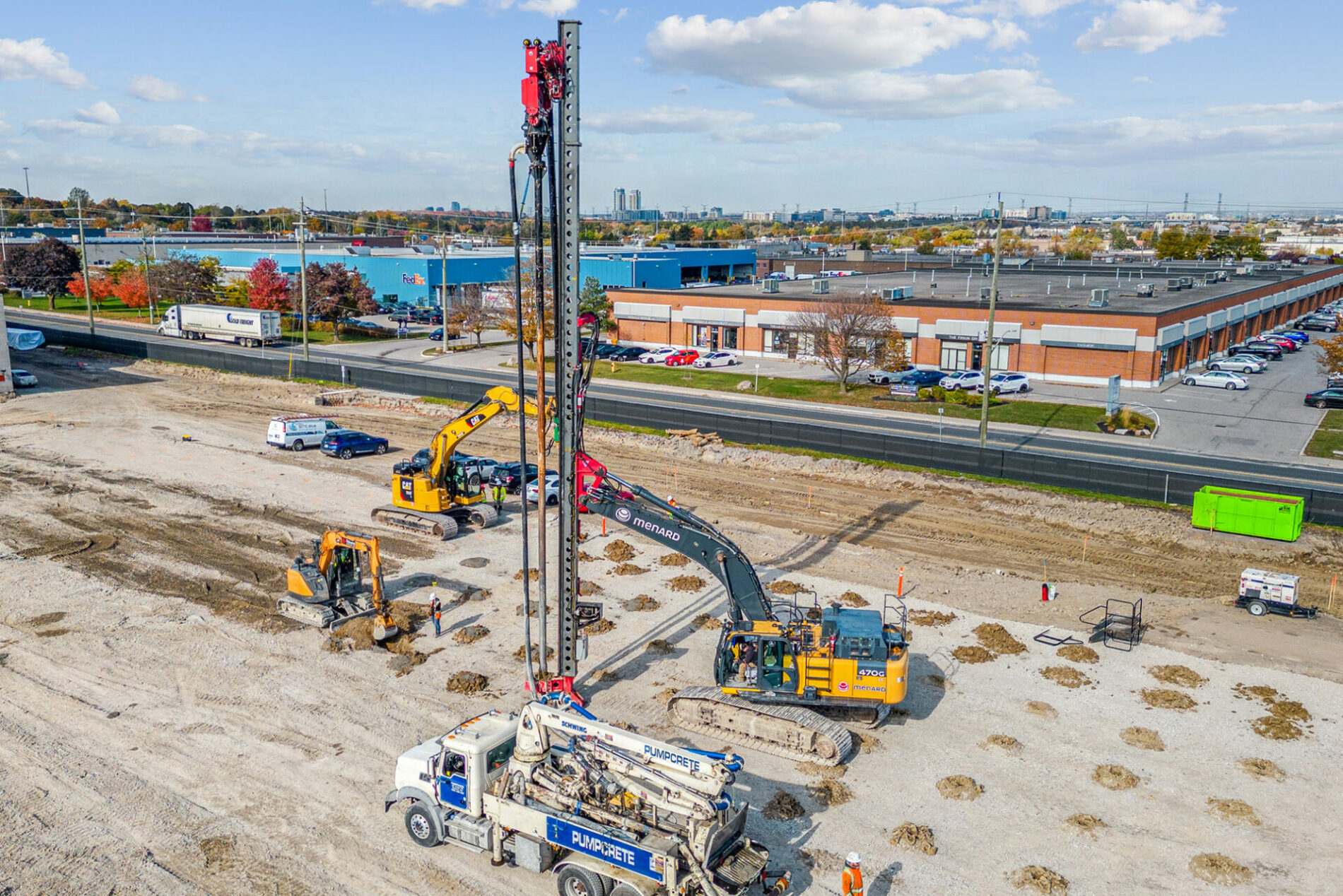
Menard Canada provides an extensive range of products and techniques to the market. As a design/build contracting company, the team answers bids in an effort to provide clients with a “global solution” for their foundations. As Scache explains, this covers the full spectrum in addition to ground improvement, including development and remediation. When all this is taken into account, up to 15 techniques can be applied, depending on the type of structure that is being built and what kind of ground they are building on. Scache says, “By combining those techniques, we can solve most of the issues that we have. For example, there could be some liquefaction problems because of earthquakes, and at the same time, very poor ground, so we need to have a bearing capacity for the foundation. It really depends on what kind of problem we try to solve. We try to use one or a couple of different techniques.”
Over time, Menard Canada has demonstrated an ability to be flexible and responsive to the needs of the market. The company was reorganized around four years ago to expand into local markets. Since then, Menard Canada has seen a large uptick in growth. Its number of offices has almost doubled, for example. This is especially true in Ontario, an area that represents 40 percent of the country’s GDP but where Menard had previously been conducting less than 10 percent of its activity. These statistics were evidence of a challenge. The team focused on expanding and developing historical, and by now obsolete, techniques that the company had previously used on the West Coast. To overcome this, the team adapted its fleet, modernizing its offerings and delivering modern techniques in the location.
Speaking about what sets Menard Canada apart from other companies, Scache says that its building capabilities are second to none. “Design and build. I would say that most of our competitors are able to do the design element, but they are not promoting the design and build the way we are promoting it. I think it’s our capability to design everything in-house, especially within Canada, and not relying too much on other experts or expertise. I think that makes a huge difference. Also, our capability to take leadership on a job site, to take most of the responsibility regarding [probability] of earthquakes or bearing capacity or even settlement.”
The team is currently working on projects with two clients under the same owner in Hamilton, in Southern Ontario. These individual developments are being created with Menard’s main technique, the Controlled Modulus Columns (CMC)®, which is a concrete-based ground-improving technique. In order to be as environmentally friendly as possible, the team is working to reduce not only the volume and cost but also the carbon impact of both projects. Bunieski explained: “The extra step was done by the team on-site to go for the low-carbon option for both projects. By having a discussion with the local suppliers in advance and making sure we were able to use low-carbon concrete for the entire production of the project. Right now, we have three machines running every day on-site.”
These sustainability efforts are bolstered further by the ongoing relationship the company has with 4Refuel as its provider for mobile on-site refuelling. This partnership explores ways to ensure that low-carbon fuel and energy solutions are used where possible. For Bunieski, the relationship is a hugely positive one. “We work with 4Refuel on most of our job sites in Ontario, looking at the availability of alternative fuels in order to reduce our carbon footprint. We have a very close relationship with them as they help us meet our sustainability goals.”
To reduce its carbon footprint even further, Menard Canada is now working on rethinking their techniques to operate at an even more sustainable level. “Ground improvement is by nature an optimized version of traditional techniques to support structures. For the same structure on top, ground improvement solutions require less material and are faster to install than traditional foundation support techniques. It means they are less expensive and less carbon-intensive solutions almost every time. Our first step was to assess the impact of our techniques, and our goal is to be able to share the carbon impact of our proposed solution with our clients for each and every project.”
“Our goal is to be able to share the carbon impact of our proposed solution with our clients for each and every project.”
With this in mind, the company set out to identify key aspects that could be improved upon, most notably with regard to concrete. First, the team measured the techniques being used, giving it a baseline to work from. Low-carbon alternative solutions were then identified. Now, when Menard Canada looks at new projects, the team uses this information to find the most cost-efficient, low-carbon impact solution for the client.
Scache explained, “What we want to do is reduce the energy we are using on projects by 40% by 2030 (Scope 2). We are also targeting to reduce our indirect emissions (Scope 3) – which is the concrete [and] the steel that we use on-site for the most part – by 20% [before] 2030. That’s the challenge. We are leveraging all the information we already track on projects to have benchmarks, and with this benchmark, we know how much we decrease with time.”
He explained that the current challenge is in trying to achieve this while growing at the same time. “[It’s] pretty challenging because we could say we are going to reduce by 20 or 40% depending on the scope. But when you are growing at the same time, it’s a very hard challenge because if the turnover of the company increases, unfortunately, there is probably a risk that the ton equivalent CO2 [is] going to increase, and in this concept, how we manage to still have a significant decrease. That’s exactly what we are trying to do on a daily basis by trying to have our team coming on board internally first – that is a subject which is really important – and after to try to find new ways with different types of fuel, different types of concrete and how we can optimize our design to put less in the ground compared to what would be normally needed.”
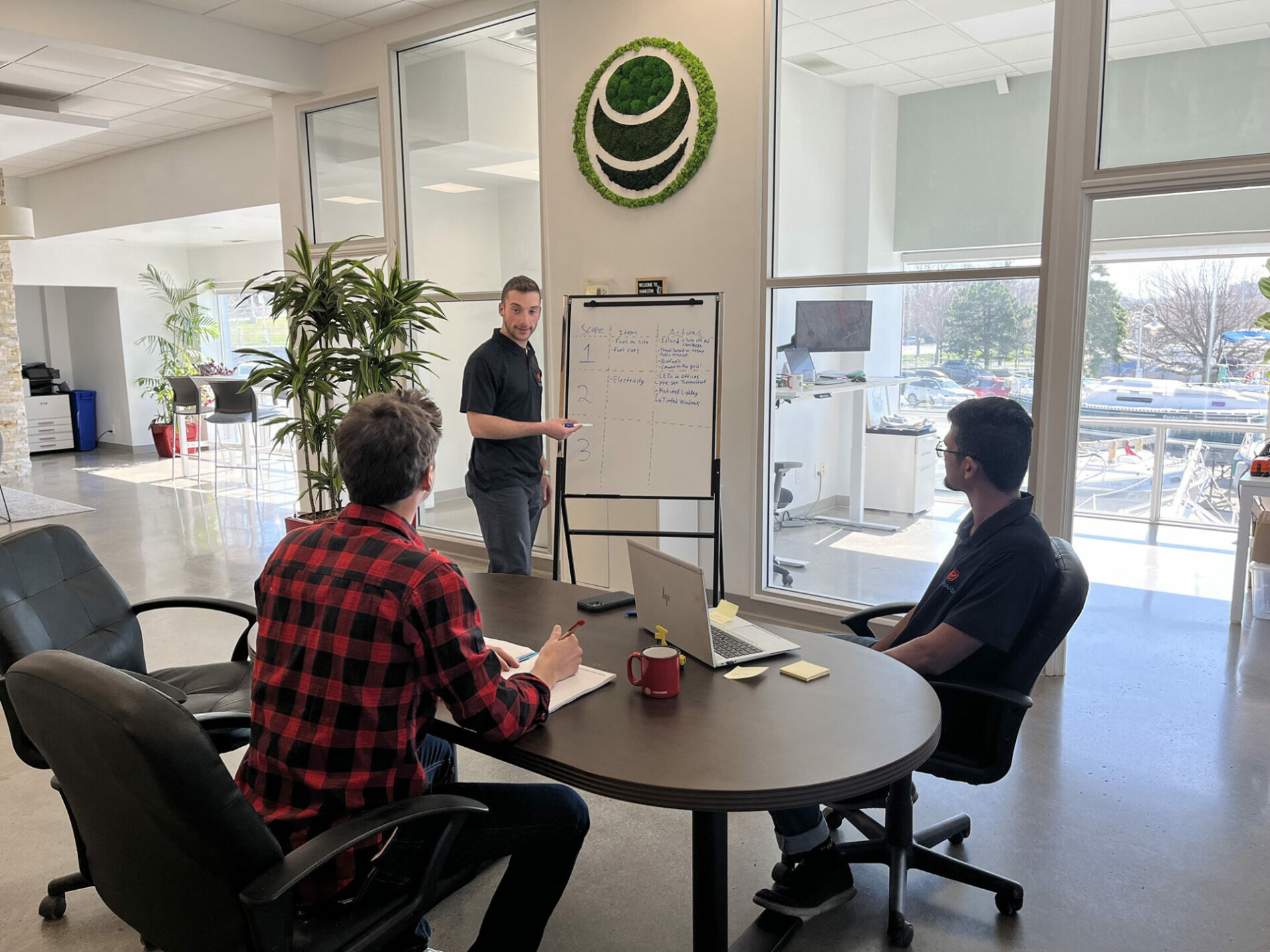
The team holds regular awareness events and training seminars to ensure each employee knows about the company initiatives and is aware of the latest environment-related news. As Bunieski explains, the company also creates activities and webinars to provide additional knowledge to all stakeholders. “Talking to clients and bringing them these numbers, but also Engineers that we talk to who are becoming more and more aware of the topic. We want to provide them with these numbers so that they can use them to compare with other solutions on their end. The last avenue for us is to have open discussions with our key suppliers to look at alternate solutions. Concrete is one example; fuel or steel will be another one”.
When asked what the reason for the company’s success is, Scache described the answer as “easy,” putting it down to the team. He explained: “Menard Canada’s success depends on its employees. Their commitment and professionalism are remarkable, and I see it every day. Our activity varies throughout the year, with more intense periods and sometimes more challenging projects. I can always count on our teams. That’s Menard Canada’s strength.”
Going forward, Menard Canada is working on the reduction of its carbon impact, ensuring it has enough tools to manage the decrease in terms of the equivalent CO2. The company hopes to develop even further in terms of expansion and growth. With this in mind, Scache foresees a “very good year” next year for the company, despite the global atmosphere and economy. “Exciting times ahead,” he concludes. By incorporating innovation, dedication, and an industry-driving desire for positive change, it goes without saying that the future is bright at Menard Canada.











